As with many things in life, it depends. The cost of needle felting as a hobby varies. How much you pay will depend on the materials you choose, the scale of your projects, and your overall crafting preferences. That said, needle felting is an inexpensive hobby to try.
I have included Amazon affiliate links for some of the items below. This means I may earn a small commission (at no extra cost to you) if you click through and make a purchase.
To get started, you need four things: a felting needle, a felting mat, a fiber that felts (usually wool) and an idea. While you can purchase the first three separately, they will most likely cost more individually than a beginner kit. For this reason, I recommend buying a beginner kit if you are brand new to needle felting.
Look for an inexpensive, all-in-one needle felting kit
I began needle felting with the Dimensions Fox Kit (kit and my fox below). The kit includes everything you need to make this adorable animal: a felting needle, a foam mat, 3 colors of wool, printed directions, embroidery floss, and an embroidery needle. All I had to do was sit down at a desk or table and I was ready to needle felt!
The printed directions in the fox kit have step by step photos and a pattern to help you check the proportions and size of your fox. At the time, the kit cost about $7.00. It’s more now but compared to starting other crafts, still a bargain. I had a cute finished sculpture and I used the felting needle that came with that kit for months!
There are many reasonably priced kits available. Some include printed instructions. Others provide a link to a video tutorial. Think about which way you prefer to learn. If the video is available without purchasing the kit, watch it before buying the tools and supplies. It might help you decide if that’s the right kit for you. Just make sure you pick one that is beginner level and includes detailed directions.
Are needle felting starter kits worth the price?
Maybe. It depends on what you want to make and what kind of felting you want to do. I wrote about this in detail in my “How to choose a needle felting starter kit” post.
What should you buy after your first kit?
To set up a needle felting station, you don’t need a lot and most of what you purchase will be reused on multiple projects. That makes needle felting a perfect hobby for small spaces because it doesn’t require much storage. Here’s what you’ll need:
- A place to work that includes a seat and a firm surface such as a table or lap desk to felt on.
- Felting needles. A 40 twist/spiral, 38 star and 36 star or triangle will allow you to make almost everything. I rarely use anything else.
- I wouldn’t recommend purchasing one of those needle assortments with a dozen different types of felting needles. I did that. It was a waste of money.
- A multi-needle holder is nice to have. I love my Clover pen tool and my Clover punch tool. The pen tool helps me make straight lines and the punch tool is a time saver when making flat pieces. They don’t take up much space and I do reach for them often.
- A felting surface to receive the needles. This can be a wool mat, a brush mat, foam, plastic, or a fabric bag filled with rice or buckwheat. What size you need will depend on how large your pieces are. I prefer Woolbuddy Felting Mats. They are portable and last a long time if you take care of them.
- Wool or another fiber that felts. Most felters start with wool because it felts beautifully and is available in a wide variety of colors.
- The myriad of colors can be a blessing and a curse. If you want to keep your costs down, consider what you want to make. Jot down a list of the colors you need. Focus on finding those and resist buying colors that look pretty but you may never use. I fell prey to what I call “pretty color syndrome” many times when I started felting. For instance, I bought variegated batts. Since I prefer making realistic animals, I don’t use these. They just sit in a bin.
- Something to hold your tools and supplies – a box, tote bag, drawer or shelf. The amount of storage space you need depends on how much wool you purchase.
How big and how complex are the pieces you want to make?
Bottom line, larger pieces cost more to make because they take more fiber to create. Using core wool helps keep the price down. Core wool (the wool you build the base of your piece with) is less expensive than top coat (the wool you coat the outside of your piece with). Since it is meant to be covered, core wool is typically not dyed and a lesser quality wool than top coat. Given that it is less expensive to produce, it is less expensive to purchase. If you can catch a good sale, even better!
Larger pieces usually require an armature to support them. You need to buy wire, wire cutters, and pliers to build armatures. Some felters reinforce the wire with hot glue, tape, or clay. If you are making small felted items, they may not need an armature.
If you plan to add detail using mixed media such as glass eyes, polymer clay noses or claws, chalk pastels, or alcohol makers, you’ll need to purchase the supplies and tools to work with those.
For instance, I love the look of glass eyes. Early on, I purchased an inexpensive set of different sizes. I quickly learned that glass eyes vary wildly in quality. The set I bought was cheap but the eyes were inconsistent sizes and thicknesses. Many of them had misshapen pupils. It was difficult to find two to make a pair. I ended up having to throw a good amount of them away. It would have been more cost effective to buy pairs of eyes since they are pre-matched sets. Live and learn, right?
What type of crafter are you?
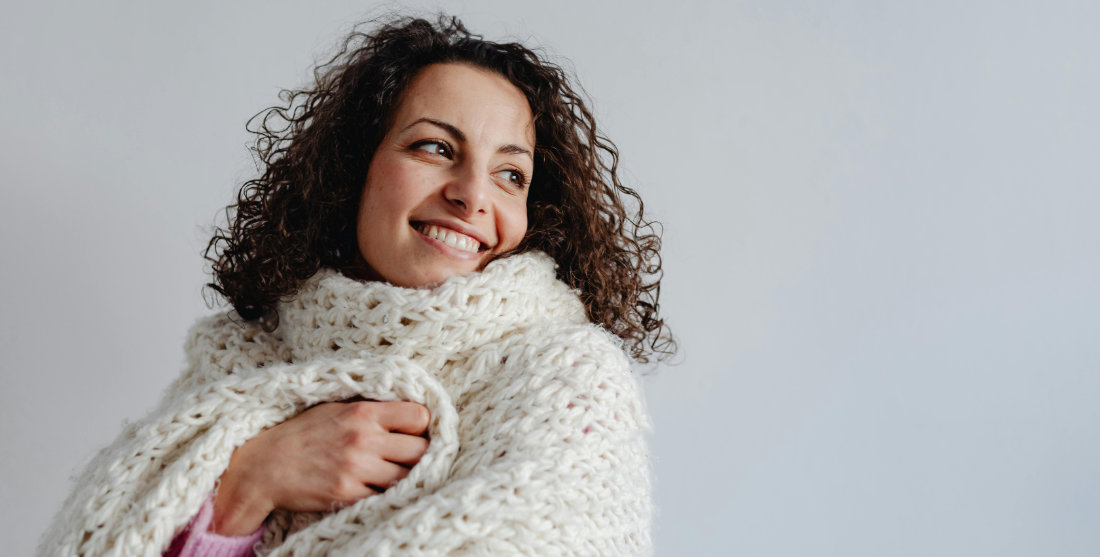
Another influence on cost is what gives you joy when crafting. Are you an experimenter or are you happy just getting the job done. Are you a minimalist or do you tend to hoard supplies? Do you prefer quality materials or is quantity more important? Are you partial to certain brands or do you look a good deal? Do you shop from a list or pick up whatever catches your eye? Does it change depending on your mood?
Knitters categorize themselves as “project knitters” or “process knitters”. Project knitters buy supplies and tools for specific pieces they intend to make. They tend not to make a purchase without a purpose. Process knitters enjoy having a stash or collection of yarn, tools and supplies. While they may not have plans for it, they love everything they own. I think it’s the same with needle felters.
Understanding your natural inclinations and shopping style can help you keep costs down. I’ll admit it. I am easily swayed into buying things I don’t need if they are on sale or a great deal. I decided to embrace this rather than fight it. I go ahead and put things in my shopping cart. But before I purchase, I will review them and ask myself if I will really use it. Nine times out of ten, I remove the sale items. When I don’t, I think of a project I can make or I just say, “I am buying myself a present”. We should all buy ourselves a present every now and then.
So, is needle felting a cheap hobby?
At the end of the day, how much you decide to spend depends on your personal crafting style, how much you want to include in your stash, and whether you use mixed media. At the end of the day, you still only need the four things I mentioned at the start of this article: a felting needle, a felting mat, a fiber that felts (most of us start with wool), and an idea. And maybe a tote bag since this hobby is also portable!
Needle felting, while requiring some initial investment, can be a surprisingly budget-friendly hobby. The key lies in making thoughtful choices based on your preferences and project requirements. By starting small, exploring cost-effective options, and gradually expanding your stash, you can unlock the world of needle felting without breaking the bank. Remember, the joy of creating is priceless, and needle felting offers a delightful avenue for unleashing your creativity on a budget.
Last Updated on February 24, 2024


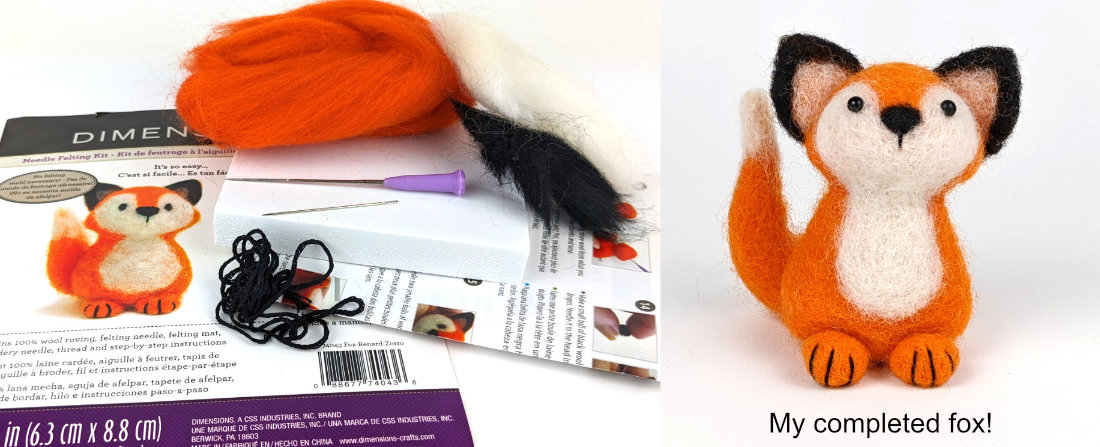

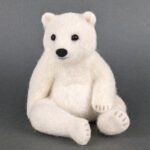
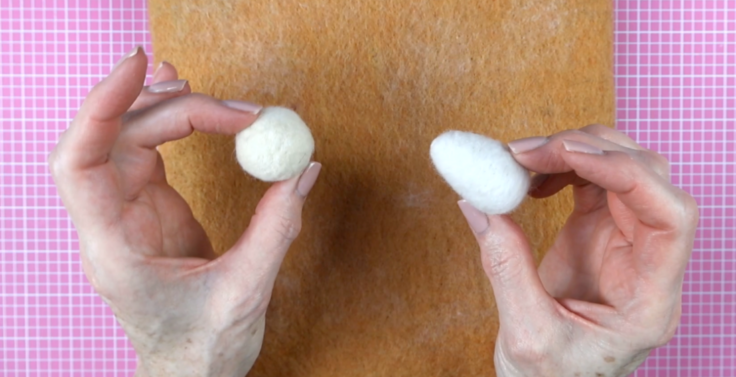 Basic shapes in needle felting: your foundation for fluffy creations (FAQ #5 video)
Basic shapes in needle felting: your foundation for fluffy creations (FAQ #5 video) 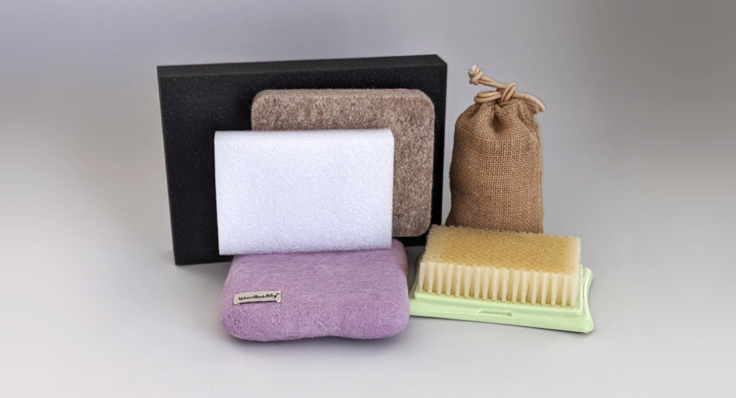 Choosing the right needle felting mat: a comprehensive guide (FAQ #4 video)
Choosing the right needle felting mat: a comprehensive guide (FAQ #4 video) 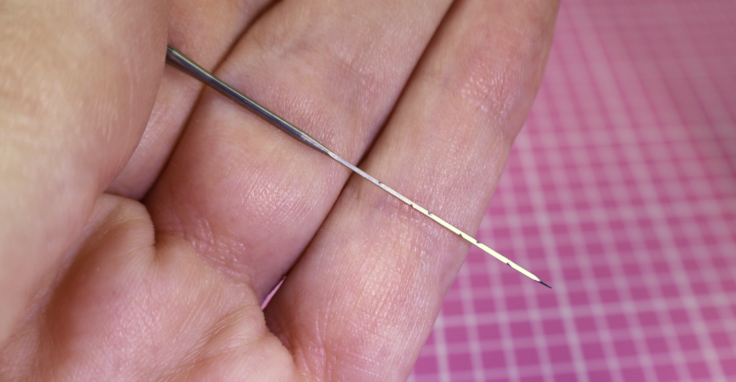 Needle felting needles: a comprehensive guide (FAQ #3 video)
Needle felting needles: a comprehensive guide (FAQ #3 video)  Ditch the overwhelm: essential needle felting supplies for beginners (FAQ #2)
Ditch the overwhelm: essential needle felting supplies for beginners (FAQ #2)